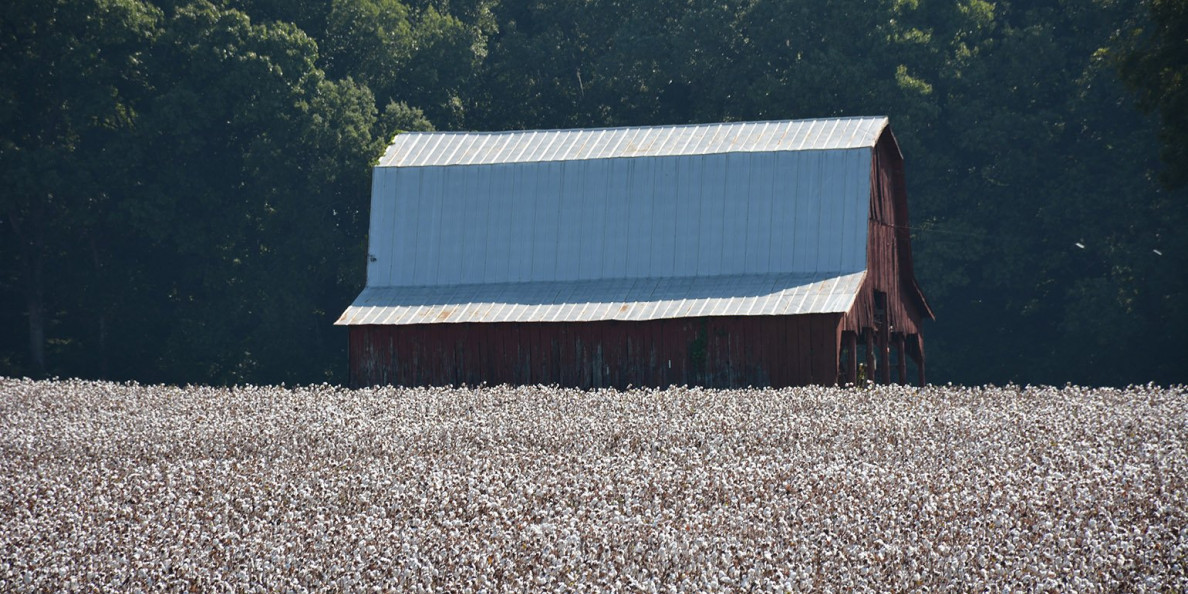USDA's planting prospective report unexpectedly low.
John Robinson
USDA’s benchmark Prospective Plantings report came in unexpectedly low at 13.8 million acres of U.S. cotton (i.e., upland and pima combined). The report is based on a statistically reliable survey of farmers conducted by USDA National Agricultural Statistics Service (NASS). I have no reason to question the reliability of their methodology or results. I just can’t make sense out of the findings.
The previous benchmark planting intentions forecast from the National Cotton Council (NCC) was 14.45 million acres of U.S. cotton. This number represented grower intentions in early January, and it jibed with anecdotal evidence of increased cotton plantings, especially in Texas and Oklahoma.
USDA dialed back the NCC forecast to 14.3 million acres at their Outlook Forum in late February, perhaps to position themselves more conservatively in an uncertain, unfolding situation. The main sources of variation in planting intentions this year, as usual, are changing relative prices and changing moisture.
RELATIVE PRICES
In terms of relative prices, the recent improvement in cotton prices probably came too late to be reflected in the NASS survey of prospective plantings. However, the prices of corn, soybeans, cotton and peanuts have not changed that much during 2019 to explain a large decline in prospective plantings of cotton.
The moisture situation this year mostly involves too much moisture. Parts of the Cotton Belt have been too wet for field work, much less planting. This is typical in the Delta, but this year it includes parts of the Texas Gulf Coast. The wet situation may even get worse with all the water moving down the Mississippi River Basin.
Πηγή: farmprogress.com


